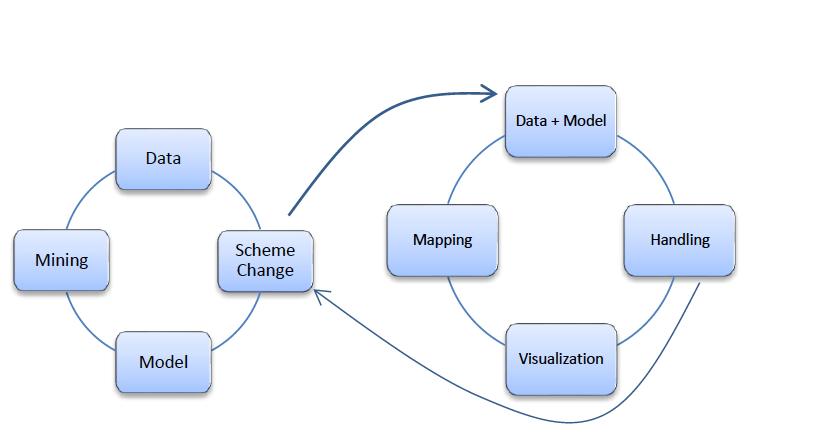Nowadays, great amount of data is being created by several sources from academic, scientific, business and industrial activities. Such data intrinsically contains meaningful information allowing for developing techniques, and have scientific validity to explore the information thereof. In this connection, the aim of artificial intelligence (AI) is getting new knowledge to make decisions properly. AI has taken an important place in scientific and technology development communities, and recently develops computer-based processing devices for modern machines. Under the premise, the premise that the feedback provided by human reasoning -which is holistic, flexible and parallel- may enhance the data analysis, the need for the integration of natural and artificial intelligence has emerged. Such an integration makes the process of knowledge discovery more effective, providing the ability to easily find hidden trends and patterns belonging to the database predictive model. As well, allowing for new observations and considerations from beforehand known data by using both data analysis methods and knowledge and skills from human reasoning. In this work, we review main basics and recent works on artificial and natural intelligence integration in order to introduce users and researchers on this emergent field. As well, key aspects to conceptually compare them are provided.
Alvarado-Pérez, J. C., Peluffo-Ordóñez, D. H., & Therón Sánchez, R. (2015). Bridging the gap between human knowledge and machine learning, ADCAIJ: Advances in Distributed Computing and Artificial Intelligence Journal, 4
